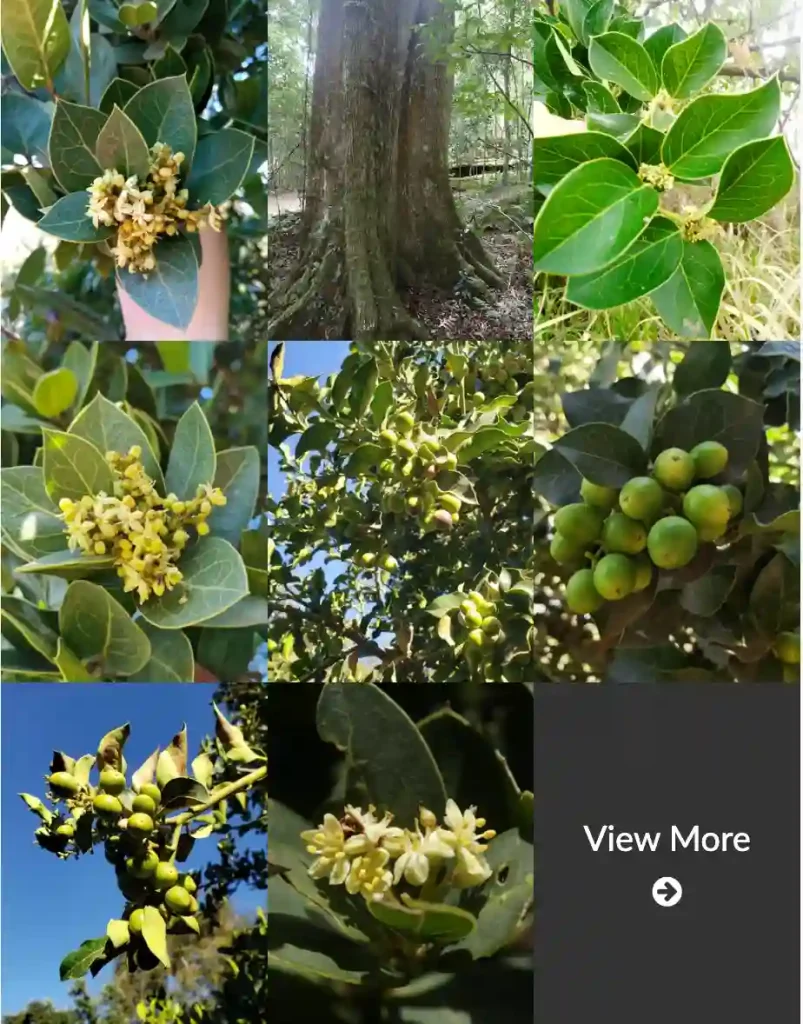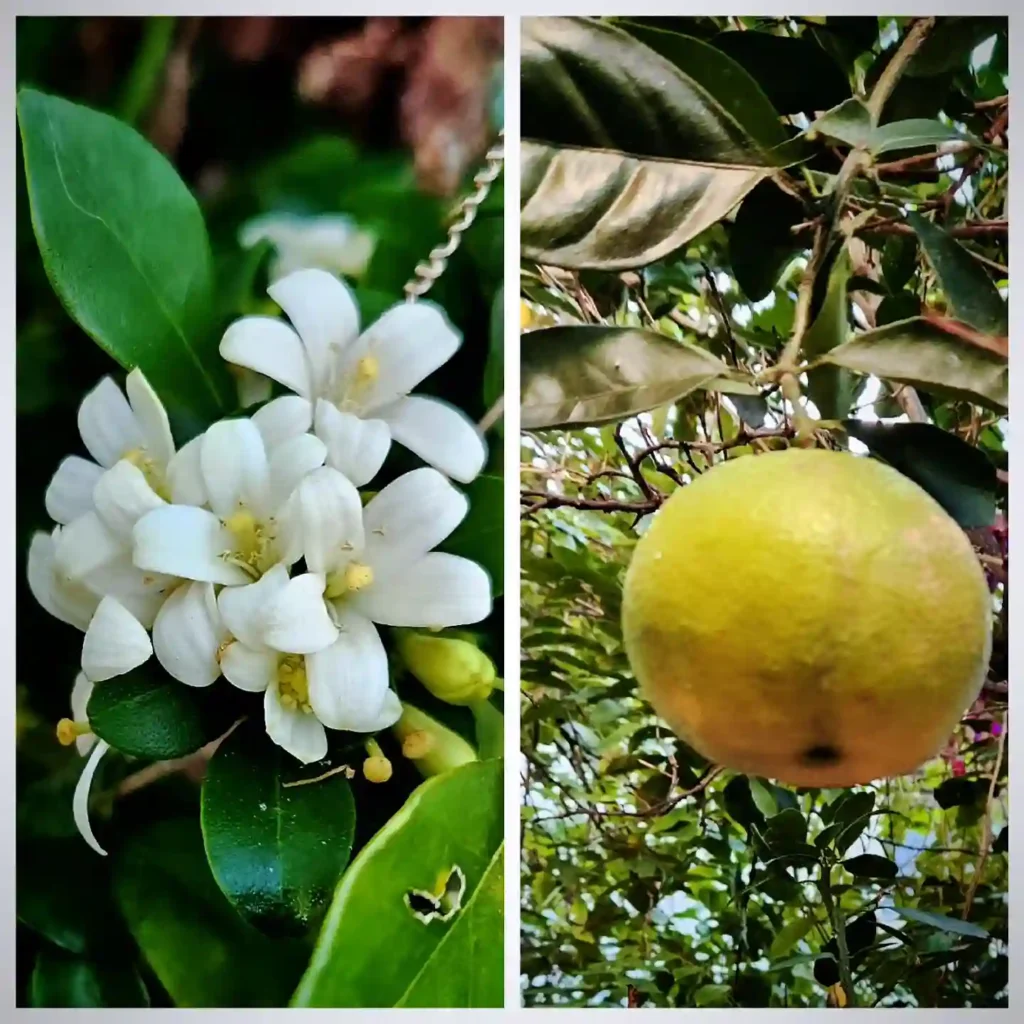
The Majesty of the Kimberly Queen Fern: A Plant Parent’s Guide
For years, I craved a touch of the tropics in my home. Sure, I had a few pothos vines creeping around, but they lacked a certain drama. Then, I stumbled upon the Nephrolepis obliterata, also known as the Kimberly Queen Fern. This beauty stole my heart with its long, arching fronds that shimmered a deep, emerald green.
Since welcoming my Kimberly Queen Fern into the household, I’ve become slightly obsessed with its care and cultivation. Here’s what I’ve learned so far about bringing a touch of Australia’s rainforest into your own living space.
33 Species in Genus Nephrolepis
What is Nephrolepis Obliterata?
The Kimberly Queen Fern is a native of Australia, but don’t let that fool you. This adaptable plant thrives indoors around the world, adding a lush, elegant touch to any room. Its upright growth habit and broad, sword-shaped fronds create a stunning focal point.
Nephrolepis Obliterata vs Nephrolepis Exaltata
| Aspect | Nephrolepis Obliterata (Kimberly Queen Fern) | Nephrolepis Exaltata (Boston Fern) |
|---|---|---|
| Appearance | The Nephrolepis Obliterata has narrower, upright fronds that give it a more formal appearance. | Nephrolepis Exaltata has softer, arching fronds that give it a classic fern look, perfect for hanging baskets. |
| Maintenance | I find the Nephrolepis Obliterata to be slightly more tolerant of dry conditions compared to the moisture-loving Exaltata. | The Exaltata requires more frequent watering to maintain its lush foliage and prefers higher humidity levels. |
| Suitability | Personally, I prefer the Obliterata indoors due to its neat growth habit and easier maintenance in typical indoor conditions. | Exaltata is great for spaces with higher humidity or in shaded outdoor areas where it can thrive with regular watering. |
How to care for Kimberly Queen Fern?
While the Kimberly Queen Fern isn’t overly fussy, it does have some preferences when it comes to its environment. Here’s how to keep your Majesty thriving:
- Light: Imagine a dappled rainforest floor. That’s the ideal lighting situation for your fern. Bright, indirect sunlight is key. Avoid harsh, direct sun, which can scorch the fronds.
- Water: Consistent moisture is crucial, but don’t drown your fern! Water deeply when the top inch of soil feels dry to the touch. Allow the excess water to drain freely from the pot. Brown, crispy fronds might indicate under-watering, while mushy, yellowing fronds could be a sign of overwatering.
- Humidity: Ferns crave moisture in the air, so mimic a tropical environment by misting your Kimberly Queen Fern regularly, especially during dry winter months. Alternatively, you can group your fern with other humidity-loving plants or place it on a pebble tray filled with water.
- Temperature: The Kimberly Queen Fern prefers temperatures between 60°F and 75°F (15°C and 24°C). Avoid placing it near cold drafts or heat vents.
- Soil: A well-draining potting mix is essential. Look for a mixture specifically formulated for houseplants or ferns.
- Fertilizer: During the growing season (spring and summer), a light feeding of balanced liquid fertilizer once a month will keep your fern happy.
Maintaining Majesty: Pruning Your Kimberly Queen Fern
As your Kimberly Queen Fern matures, it’s natural for some fronds to brown or die off. Pruning not only keeps your plant looking its best, but it also encourages new growth.
Here’s how to prune your Kimberly Queen Fern:
- Gather your tools: Sharp pruning shears or sterilized scissors are ideal.
- Identify brown or dying fronds: These will be visibly discolored and may feel dry and crispy.
- Snip it clean: Cut the frond back to the base where it meets the main stem.
Pro tip: Avoid cutting into healthy green fronds, as this can damage the plant.
Is Nephrolepis Obliterata Toxic to Cats?
Cat owners, rejoice! The Kimberly Queen Fern is considered non-toxic to cats and dogs by the ASPCA. This means you can have your feline friend and your fern co-exist peacefully in your home.
However, it’s always a good idea to supervise your pets around houseplants. While the fern itself isn’t harmful, if your cat enjoys munching on greenery, it might nibble on the fronds. This can cause minor digestive upset, so keeping the fern out of reach is best.
Sharing the Majesty: Propagating Your Kimberly Queen Fern
Sharing the beauty of your Kimberly Queen Fern is easy! There are two main methods for propagation:
- Spores: This method requires patience and specific conditions, but it’s rewarding to witness the entire life cycle of the fern.
- Division: This is the simpler method. When repotting your fern, you can carefully divide the root ball into multiple sections, each with its own growth points. Pot these divisions separately and care for them as you would a mature fern.
With a little care and attention, your Kimberly Queen Fern will reward you with years of lush, tropical beauty. So why not bring a touch of majesty into your home today?
If i die, water my plants!



